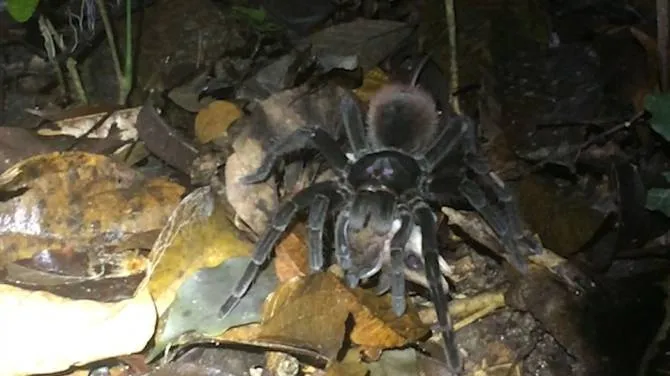What Giant Tarantulas Eat
Giant tarantulas, with their impressive size and often intimidating appearance, are fascinating creatures to observe, especially when it comes to understanding their dietary habits. These large spiders are opportunistic predators, meaning they will eat a variety of prey depending on availability and their own size. Their diet is crucial for their growth, molting, and overall health. Understanding what giant tarantulas eat is essential for anyone considering keeping one as a pet or simply for those interested in learning more about these amazing arachnids. This article will explore the top 5 facts about the giant tarantula diet.
Insects The Main Course
Insects form the cornerstone of a giant tarantula’s diet. In the wild, they actively hunt insects, and in captivity, insects are a primary food source. The size and variety of insects offered should be tailored to the size of the tarantula. Smaller tarantulas need smaller prey, while larger tarantulas can handle larger insects. Providing a varied insect diet helps ensure the tarantula receives a broad range of nutrients, promoting its overall well-being. This is because different insects contain varying levels of proteins, fats, and essential nutrients that contribute to the spider’s health, growth, and molting process. Variety is the key to a healthy giant tarantula diet, with a mix of several insect types.
Crickets and Roaches
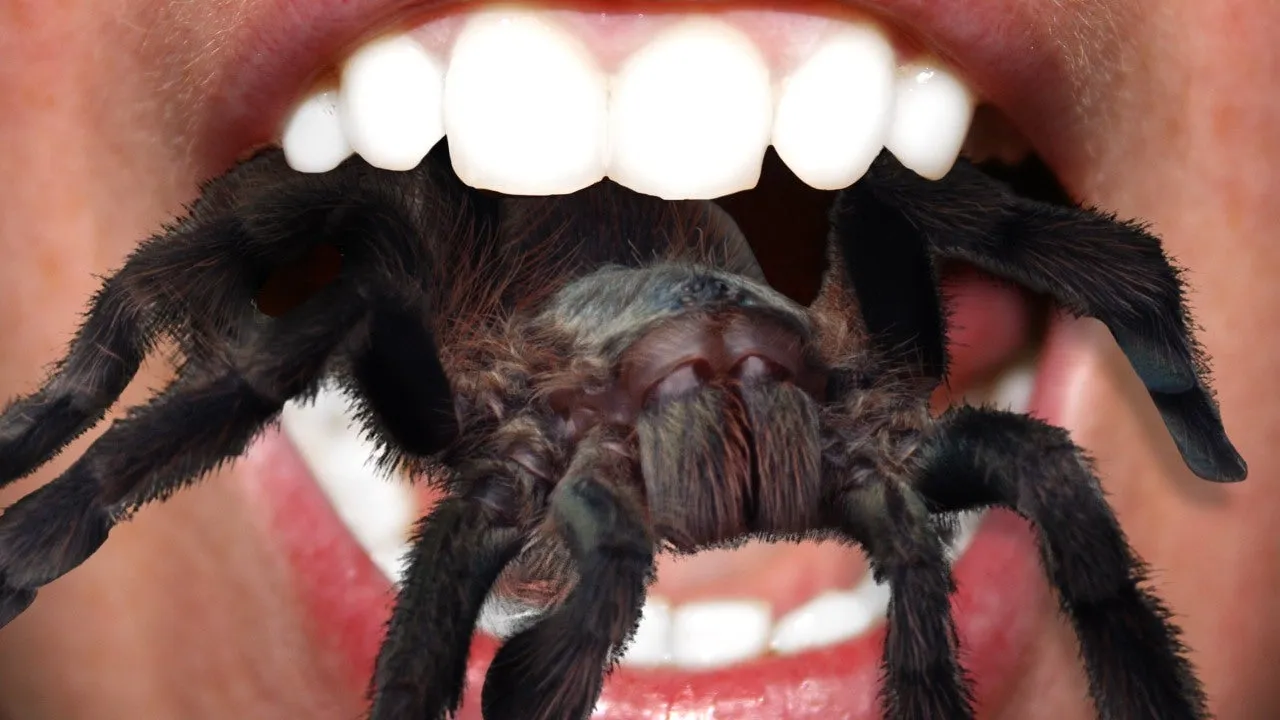
Crickets and roaches are among the most popular choices for feeding giant tarantulas. They are readily available at most pet stores and are relatively easy to care for before feeding them to your tarantula. Crickets and roaches provide a good source of protein and are typically accepted by most tarantula species. When selecting these insects, ensure they are gut-loaded, meaning they have been fed a nutritious diet prior to being offered to the tarantula. This increases the nutritional value passed on to the spider. Always remove uneaten crickets or roaches from the enclosure, as they can stress or even harm the tarantula.
Mealworms
Mealworms are another common food choice, especially for smaller or juvenile tarantulas. They are easy to breed and store, making them a convenient option. However, mealworms are higher in fat and lower in protein compared to crickets and roaches. Therefore, they should be offered in moderation. Variety is essential, so don’t rely solely on mealworms. They are suitable for supplementing the diet but shouldn’t be the sole source of nutrition. Always ensure mealworms are healthy and free from any signs of disease before feeding them to your tarantula to avoid introducing any potential health issues.
Other Insects
Besides crickets, roaches, and mealworms, tarantulas may also eat other insects. Examples include grasshoppers, locusts, and various types of beetle larvae. The key is to offer a variety to ensure a balanced diet. The size of the insect should be appropriate for the size of the tarantula. Avoid feeding insects collected from outdoors, as they may carry parasites or pesticides that could harm the tarantula. Purchasing insects from reputable pet stores or breeders is recommended. This will also ensure that the insects have been raised in a controlled environment, which reduces the risk of disease transmission to your tarantula.
Mammals A Surprising Meal
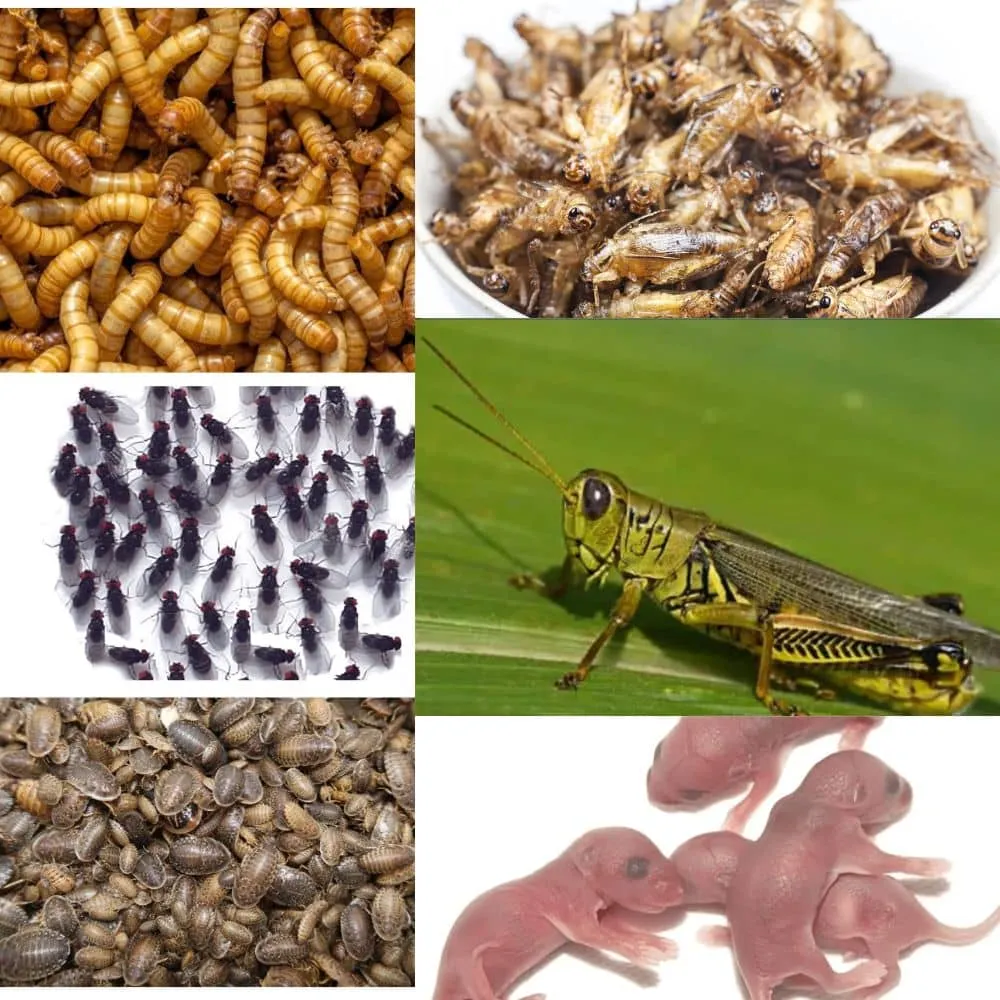
While insects are their primary food, giant tarantulas can sometimes consume small mammals in the wild. This behavior is less common in captive environments, but it can occur. The size of the mammal should be appropriate for the tarantula’s size. This aspect of their diet often surprises people. The tarantula’s venom, although not generally lethal to humans, is potent enough to subdue and digest small vertebrates. The presence of mammal in the diet is a testament to the tarantula’s adaptability and its opportunistic feeding habits in its natural habitat.
Small Mice
In the wild, larger tarantulas may occasionally prey on small mice. In captivity, pinkie mice (baby mice) are sometimes offered as an occasional treat to large tarantulas. However, feeding mammals should be done sparingly, as it is not a necessary part of their diet and can pose a risk if the tarantula is not accustomed to it or if the prey is too large. Offering pinkies can be more beneficial for larger tarantulas as it provides a broader range of nutrients. The frequency and size of the mammal should be carefully considered based on the tarantula’s needs.
Baby Birds
Similar to small mammals, giant tarantulas may also prey on baby birds in their natural habitat. This is less common and more opportunistic behavior. Baby birds can be a source of nutrition, but similar to mammals, they are not a staple of their diet. Offering baby birds is rare in captivity, as it’s hard to provide them in a controlled environment. The dietary habits of tarantulas in their natural environments showcase their resilience as predators and opportunistic feeders, adjusting to their prey’s availability.
Reptiles and Amphibians
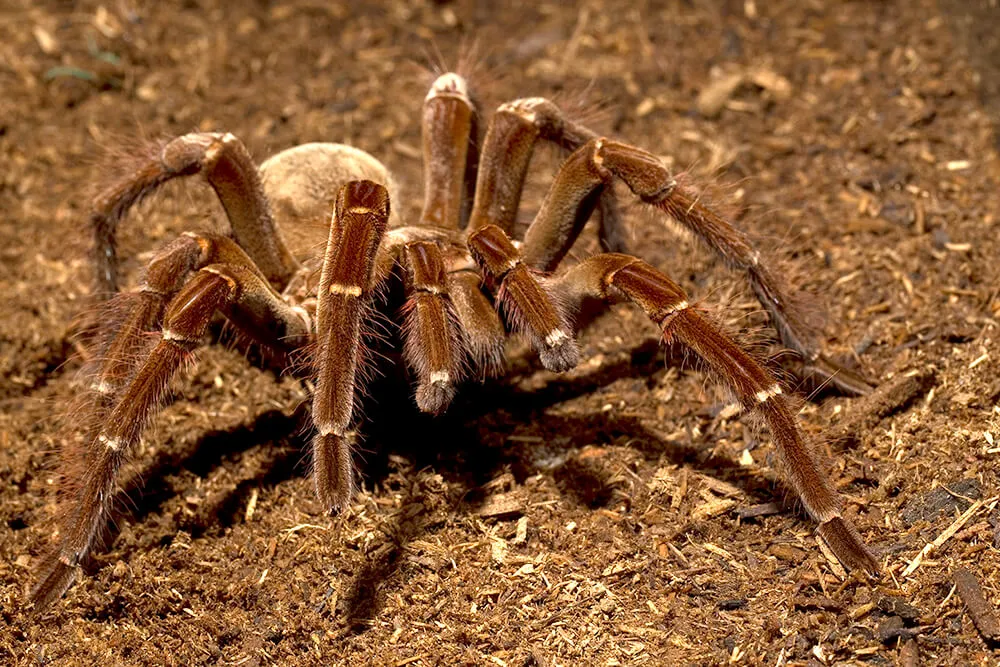
In addition to insects and small mammals, giant tarantulas may also consume reptiles and amphibians. This further illustrates their position as apex predators in their environment. The size of the prey should be appropriate for the size of the tarantula. Tarantulas are equipped with powerful venom that helps them subdue their prey, and their chelicerae (fangs) are used to inject the venom and break down the prey for easier consumption. Reptiles and amphibians provide diverse nutrients, but they are not as common as insects in the tarantula’s diet.
Lizards and Frogs
Lizards and frogs can sometimes be part of a giant tarantula’s diet. This is particularly true in their natural habitats where these prey are readily available. Captive tarantulas are less likely to be fed lizards or frogs, as they are not essential for their survival. Captive tarantulas are more likely to be fed insects like crickets or mealworms. When considering lizards and frogs as part of the diet, it is crucial to ensure they are free from parasites and diseases. The nutritional content of these animals may vary, making it important to balance the diet with other, more easily controlled, food sources.
Tarantula Feeding Frequency
The feeding frequency of a giant tarantula depends on its age and size. Young, growing tarantulas need to be fed more often than adults. Overfeeding can lead to obesity and other health issues. The ideal feeding schedule varies based on the specific species and individual tarantula. It’s essential to observe the tarantula’s behavior and adjust the feeding schedule accordingly. Being aware of the tarantula’s appetite, activity level, and overall health will help ensure a proper diet.
Feeding Schedule
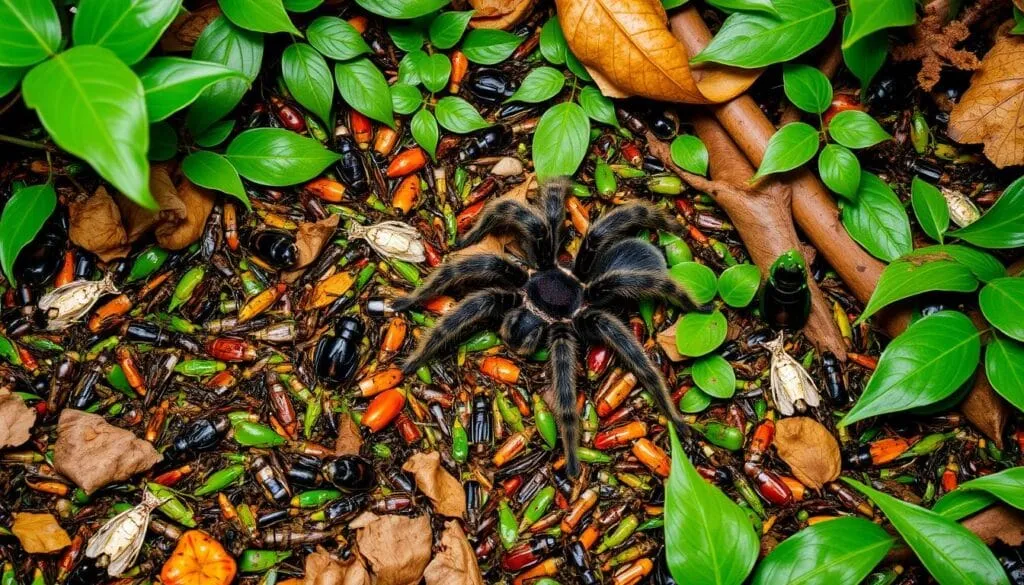
Juvenile tarantulas generally need to be fed more frequently, often 2-3 times per week. As they grow, the frequency can be reduced. Adult tarantulas can often be fed once a week or even less frequently. The general rule is to feed them as much as they will eat within a reasonable time frame. If the tarantula doesn’t eat the offered food within 24 hours, remove the prey. Overfeeding can lead to various health problems. Observe the tarantula’s abdomen for signs of being overweight; a plump abdomen may mean it is being overfed. Adjust the feeding schedule as needed. Remember that tarantulas can survive for extended periods without food, so it’s better to feed them less often than more.
Water and Hydration
Water is an essential part of the diet for any giant tarantula, alongside the other nutritional factors. Hydration is very crucial for the well-being of your tarantula and helps them perform their daily functions properly. Providing fresh water is a constant necessity, in addition to the other factors that contribute to their diet. Dehydration can lead to serious health issues, even death. The water should be clean and accessible at all times.
Importance of Fresh Water
Fresh, clean water should always be available for your giant tarantula. It can be provided in a shallow dish or water crystals. Ensure the water dish is small enough to prevent the tarantula from falling in and drowning. Change the water regularly, typically every 1-2 days, to prevent the growth of bacteria and keep it fresh. Tarantulas drink by dipping their mouthparts into the water, and they require water to molt properly. Without proper hydration, they may struggle to shed their exoskeleton, which is a critical part of their growth. This fresh water will ensure that your tarantula is healthy and can live a long life.
Supplementing the Diet
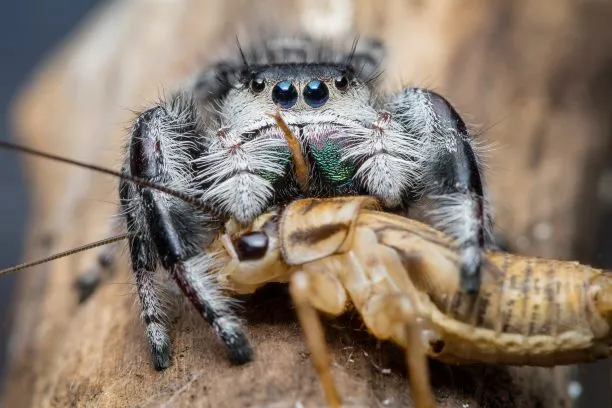
Supplementing the diet with vitamins and minerals can help ensure your tarantula receives all the essential nutrients. This is especially important if you primarily feed them a limited variety of insects. The nutritional value of insects can vary, so supplements can help balance their diet. Supplements are particularly beneficial during the growth stages of the spider. Regular supplementation, however, should be avoided to prevent potential health issues. You should seek advice from a veterinarian, if you are concerned about the health of your tarantula, as that is the best resource.
Vitamin and Mineral Supplements
There are various vitamin and mineral supplements available for tarantulas, often in powder form. These supplements can be dusted onto the insects before feeding them to the tarantula. Calcium and vitamin D3 are particularly important for proper exoskeleton development. However, do not over-supplement. Follow the manufacturer’s instructions or the advice of a reptile veterinarian. Over-supplementation can lead to toxicity and other health issues. A balanced diet, along with occasional supplementation, will contribute to a healthy and long life for your giant tarantula. When adding these supplements, you are helping your tarantula live a long, and fulfilling life, in the best way possible.
Conclusion
Understanding the dietary needs of giant tarantulas is critical for their care and well-being. Their diet, consisting primarily of insects, can sometimes include small mammals, reptiles, and amphibians. Providing a varied diet, proper hydration, and occasional supplementation are essential for their health. By following these guidelines, you can ensure your giant tarantula thrives in captivity. Caring for these creatures involves understanding their needs and providing a suitable environment that mimics their natural habitat as much as possible. This information should help you understand your tarantulas and better care for them.
